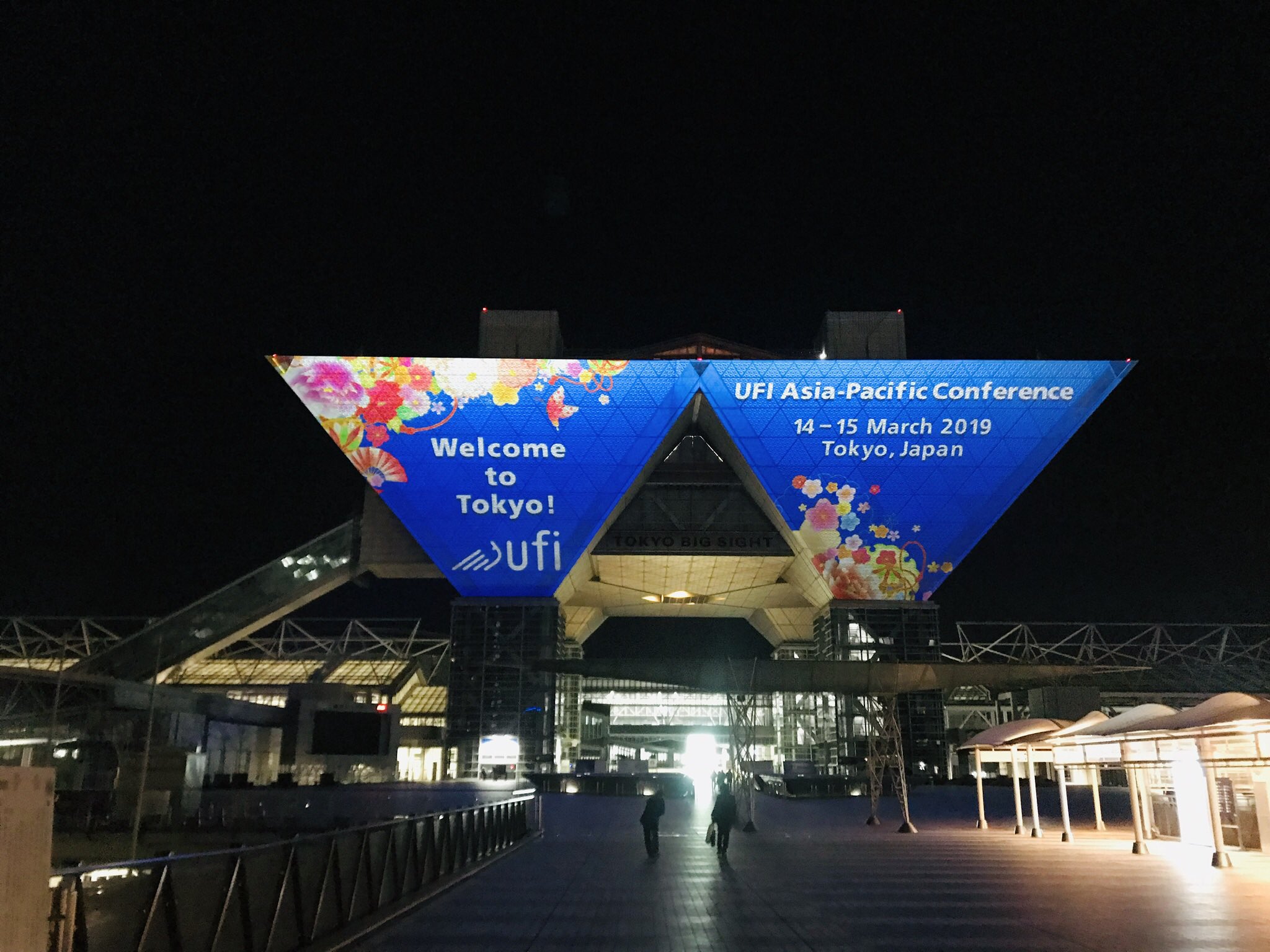
Stephanie Selesnick, International Trade Information, Inc.
One of my favorite things about attending the UFI Regional Conferences is learning about other cultures and visiting countries for the first time. Here are a few things we learned last week about Japan at the UFI Asia-Pacific Conference – and how you may incorporate them into your exhibitions:
1. Signage. Japan is pretty easy to travel around! Having bilingual signage – Japanese and English – enabled us to easily travel around the country, take the express trains from the Tokyo airports to our respective hotels, and navigate metros in multiple cities. And we didn’t get lost getting to and walking around Tokyo Big Sight (the Convention Center and location of the Conference).
Lesson: Can your exhibit/venue signage be clearer and more concise? If you have a lot of international exhibitors and visitors, may images be used instead of words?
2. Food choices. The food was fresh and delicious. While I didn’t like everything I tried, there were lots of choices at mealtimes – something that our vegan and vegetarian colleagues happily enjoyed. In fact, at the Welcome Reception, there was a whole buffet table dedicated to vegan and vegetarian options. The rest of us devoured the sushi, tempura and other delights.
Lesson: Choose a variety of food offerings that’s inclusive. Don’t be afraid to go local!
3. Technology. Tech and Japan are synonymous. It’s even better than that! The LED screens on the sides of the stage made speakers look even more live and 3D than looking at the actual person who was on stage. The Welcome Reception featured an artist blending augmented reality with calligraphy, as well as a visual treat on the sides of Tokyo Big Sight’s iconic architecture. Extra bonus points go to The Digital Debate presenters: Gunnar Heinrich, Tesi Bauer and Stephan Forseilles for incorporating slide.o (a great tech tool) into their fast-paced interesting session.
Lesson: Tech and live presentations are more than just panels with PowerPoints. Get creative! Incorporate tech to involve your audience in a meaningful way.
4. Friendliness/Helpfulness. The Japanese people go above and beyond in treating strangers with courtesy! Instead of pointing directions when asked by a lost attendee (or traveler), people walk you to the destination. A few of us went to dinner the night prior to the opening of the Conference to the Shibuya District, and when lost, asked for directions at another restaurant. Instead of trying to talk us into dining at his establishment, the owner walked us a block away to the restaurant where we had reservations. The same attitude held true when inside the hotels and Tokyo Big Sight.
Lesson: How can you encourage and empower your teams go above and beyond in providing amazing customer service to exhibitors and visitors?
What ideas have your travels inspired?







Leave A Comment